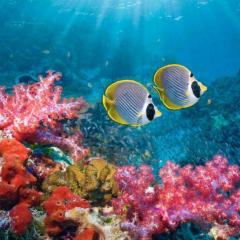-
Topics
-
Latest Update
-
1
-
0
Safe Abortion Pills in mamelodi 0781722454
Safe Abortion Pills in mamelodi 0781722454 are tablets meant to end a pregnancy or cause a miscarriage same day without any complications.Our Women’s Clinic we offer safe same day abortions using medically approved abortion pills to terminate pregnancies and also provide the womb scrub which is also known as womb cleaning. -
0
Safe Abortion Pills in Soweto 0781722454
Safe Abortion Pills in Soweto 0781722454 are tablets meant to end a pregnancy or cause a miscarriage same day without any complications.Our Women’s Clinic we offer safe same day abortions using medically approved abortion pills to terminate pregnancies and also provide the womb scrub which is also known as womb cleaning. -
0
Safe Abortion Pills in Germiston 0781722454
Safe Abortion Pills in Germiston 0781722454 are tablets meant to end a pregnancy or cause a miscarriage same day without any complications. we offer safe same day abortions using medically approved abortion pills to terminate pregnancies and also provide the womb scrub which is also known as womb cleaning. -
0
Safe Abortion Pills in springs 0781722454
Safe Abortion Pills in springs 0781722454 are tablets meant to end a pregnancy or cause a miscarriage same day without any complications. we offer safe same day abortions using medically approved abortion pills to terminate pregnancies and also provide the womb scrub which is also known as womb cleaning.
-








Recommended Posts
Join the conversation
You can post now and register later. If you have an account, sign in now to post with your account.